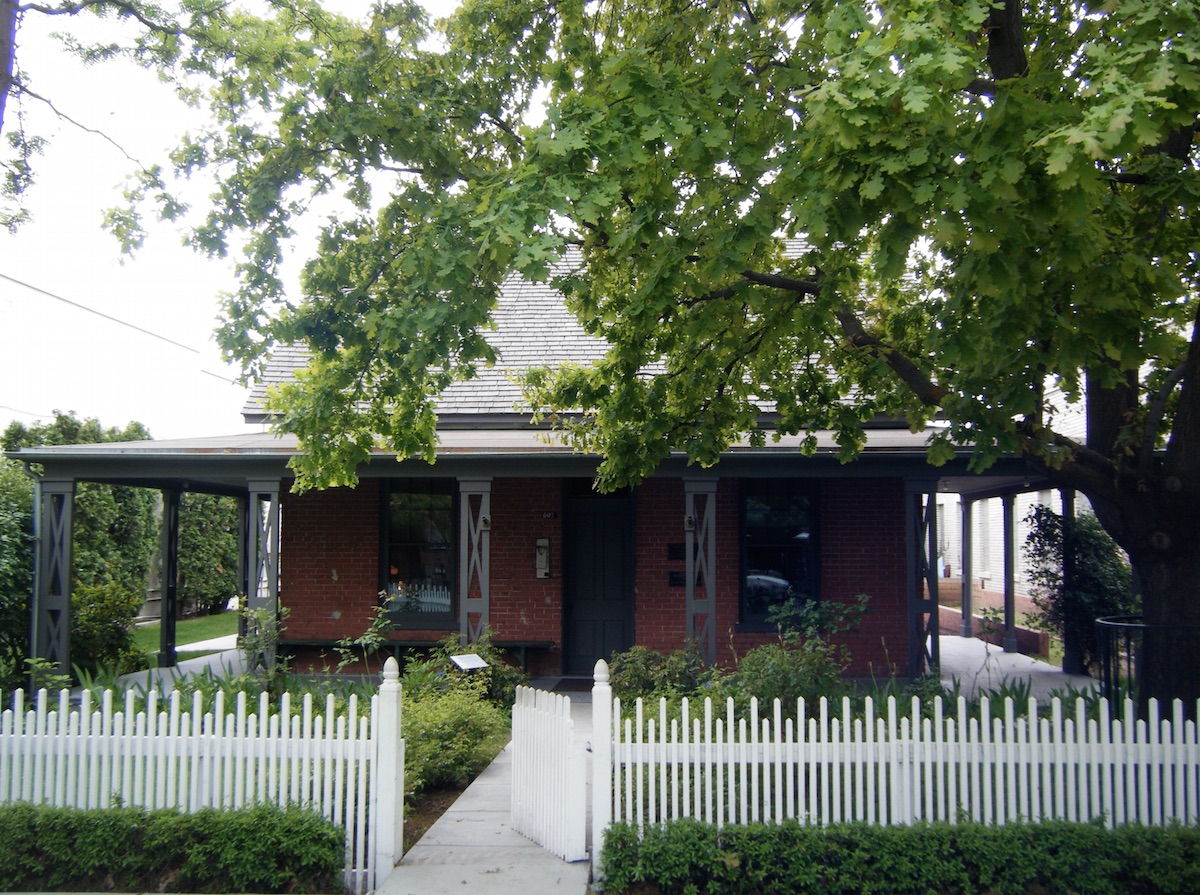This article was translated by John R. Bopp
Meggan Laxalt Mackey has just presented her Master of Applied Historical Research final project at the Department of History at Boise State University. This project was directed by Dr. John Bieter and seems extremely interesting to us.
We’ve always had the impression that in the Basque diaspora, there has been a boomerang effect with the feeling of belonging among its members over time. It may be that this process has been more intense in those places where the Basque population is smaller, so more in the Philippines, Australia, the US, or Canada, rather than in countries like Argentina, Chile, or Uruguay. But in all cases, we’ve always had the feeling that as the generations went by, first there was a distancing from one’s origins, only to be followed by the grandchildren going back to their origins, especially when they’ve never had any direct contact with the land of their ancestors.
Meggan Laxalt Mackey, in her work titled “Lekuak: The Basque Places of Boise, Idaho,” analyzes this process in this place in the US, showing us this process in three stages, which she has called Amerikanuak, Tartekoak, and Egungoak. The first group, Amerikanuak, is made up of the first-generation immigrants who arrived between the end of the 19th and beginning of the 20th centuries; their relationship to being Basque is marked by their origins. They came to work and to make a new life, following a process of intense immersion to do so, in such a way that they also maintained their relationships with their compatriots, given their common origin and the need to create collaborative networks to help them get incorporated into their adopted society.
The second group, Tartekoak, is the first generation of those born in the new land, and this is when being “American” takes precedence over being “Basque”. Relationships are based on one’s private life and following lines of descent and family.
Finally, the current group, Egungoak, the third and successive generations, have in common the desire to recover their roots, and a paradigm shift of what makes one belong to the Basque world. It stops being so much about ethnicity (which is similar to what’s happening in their country of origin) and becomes more about wanting to belong, feeling like you belong. This is all supported by key communitary, educational, and widely-spread structures that maintain the connection to roots found on the other side of the world.
Meggan Laxalt Mackey’s work seems extremely interesting to us since, with all the nuances needed to talk about the specific features of any one diaspora, this can serve as a starting point to reflect on what it means to be a Basque person outside the Basque Country in the 21st century.
Boise State University – 12/2015 – USA
The Basque Places of Boise, Idaho
Lekuak (“Places”) traces how Basque places in Boise reflect the evolution of each generation’s expression of ethnic identity in response to American societal forces of the times. The first-generation Amerikanuak (late 1800s to 1920s) predominantly expressed their ethnicity as an internally-focused, solely-Basque ethnic group and built places such as boardinghouses and frontons that met communal needs.
(Continue) (Automatic translation)
Last Updated on Dec 20, 2020 by About Basque Country





























